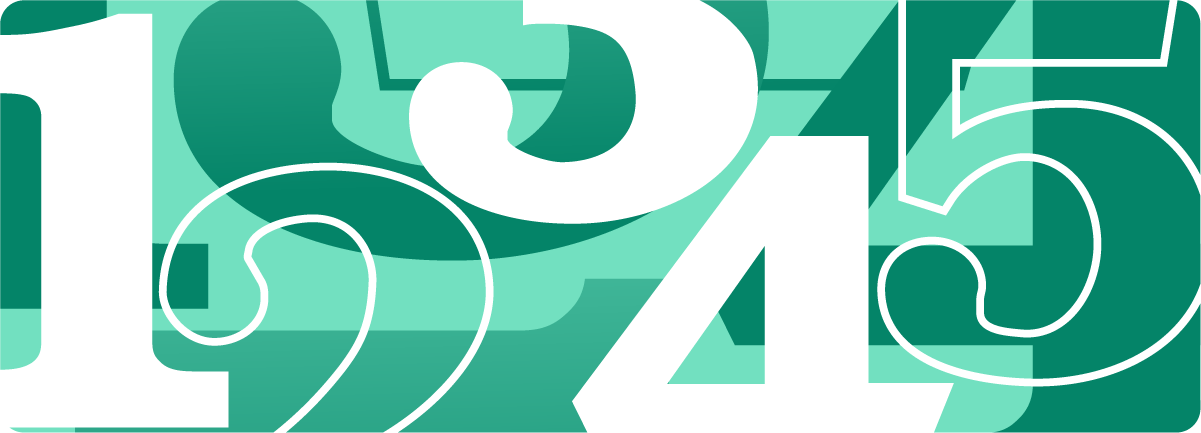7 tips for using your benefits to support your health

Your benefits package has a lot to offer — maybe even more than you think. The best way to make sure you’re getting the most proverbial bang for your buck? By understanding your complete benefits package and how to use it.
Once you build strong habits around using your benefits, you’ll feel happier and healthier—and the value of any premiums and monthly costs will feel like investments toward your well-being.
To take full advantage of your benefits and support your health, check out these 7 tips.

1. Make a list of the preventive care you can get free of cost
In 2010, the Affordable Care Act established that most health plans must cover preventive care services at no cost to you when you get them from a provider in your plan’s network.
The services included for all adults, women, and children vary by group, and it’s a good idea to keep an eye on the most recent list on Healthcare.gov.
But for all three groups, preventive care typically includes:
An annual physical exam;
Standard immunizations for things like the flu or measles;
And recommended tests (based on your age, sex, and where you live) like blood pressure screenings, mammograms, or cholesterol screenings.
Through additional insurance policies, like dental coverage, you may also be eligible for teeth cleanings, eye exams, and more. To find out what your policies cover free of cost, check your insurance carrier’s website for a summary of your benefits.

2. Map out your year in benefits
Once you’ve researched what preventive care you can get free of cost, add reminders to schedule your next appointments to your calendar of choice. Because healthcare providers can book up months in advance, it’s a good idea to schedule your reminders at least a month ahead of when you’re hoping to go into the office.
When you next go in, take the folks in reception up on their offer to schedule your next appointment, even if that’s six months out, to ensure you make it back in.
While the last thing you want to do as you’re leaving the dentist may be to plan more time in the chair, it’s the best time to sign up and ensure your pearly whites get the care they deserve.

3. Keep your insurance info handy
Keys, phones, insurance cards — some of our most important possessions have a way of vanishing into thin air at the least convenient times. You probably don’t want to have to go on a scavenger hunt before you schedule your next appointment.
Luckily, our digital world makes it easy to access your insurance info on the go.
There are a couple of ways you can keep your information handy at all times:
Take a photo of your physical insurance cards with your phone.
Download or take a screenshot of your virtual insurance cards, which most insurance providers make available to you through their web portals.
However you get that digital image of your insurance card, make it easy to locate. Email a copy to yourself with a clear subject line for easy searching. Include the plan type, insurance provider name, and plan year. For example: “BlueCross health insurance card 2023” or “Delta Dental insurance card 2023.”
You can also send that file to anyone else who’s covered by your plans to make it easy for all of you to locate coverage information on the go with a quick search of your inboxes.
Some providers may not require an insurance card. In that case, just keep information like your insurer’s name, any relevant numbers, and your Social Security Number handy.

4. Maximize your prescription savings
Fun fact: the United States has had the highest per capita prescription drug spending compared to peer nations for over ten years. That means locals may pay drug prices that are up to 2.5 times higher than they would in similar countries like Canada and the United Kingdom.
The good news is that your benefits can help cover some of those pharmacy price tags and keep more money in your pocket. Here’s what to keep in mind next time you fill a prescription:
Talk to your pharmacist. Few people know more about prescription savings than a pharmacist. Ask yours if they can suggest any budget-friendly alternatives for your needs.
Look into generic drugs or lower-cost alternatives. Generic prescriptions usually have the same active ingredients and effects as brand-name options but at a lower price point. You may also have luck asking your doctor about lower-cost clinical alternatives. Either way, be sure to talk to your doctor before you officially make any changes.
Think about how you order prescriptions. Changing how often you refill your medication might make a difference in the cost. Check with your pharmacist about switching from a 30-day supply to a 90-day supply.
Get familiar with your insurance coverage. Not all pharmacies are covered by your insurance, and not all drugs are, either. Before you get any prescriptions filled, call your pharmacist or insurance company to confirm that they’ll accept your coverage.
Check out online resources and coupons. There are a handful of websites and apps that provide discounts for specific medications and price comparison tools — just make sure they’re reputable sources and don’t ask for too much personal information.
Explore savings programs. Some pharmacies offer savings clubs or loyalty programs that provide things like rewards, discounts, and cash back on purchases.
Use an FSA or HSA. HSAs and FSAs allow you to set aside pre-tax money for medical expenses, including prescription drugs.
Want to learn more? Head over to our prescription savings resource to get the full picture on each of these tips.

5. Discover the perks of wellness programs
If your employer offers a wellness program, check it out. Whether it takes the form of a step challenge or a set of activities and incentives, participating can put money back in your pocket—literally.
Some employers reimburse gym memberships at designated partner gyms, and it’s increasingly popular to have a wellness stipend that you can spend on anything from a day pass at your local YMCA to new running shoes.
Whether or not that type of support is available through your employer, you likely have a wellness program at your disposal directly through your medical insurance provider.
To find out if this applies to you, log onto your insurer’s web portal and read through the perks of enrollment. These may include discounts on fitness memberships or equipment, and other incentives for healthy behavior.
Your wellness is about more than your physical health — your mental health plays an equally important role. Benefits like HSAs and FSAs can help reduce the cost of mental health care, while telehealth and in-network providers can make finding care more accessible.
Some employers also offer Employee Assistance Programs with free and confidential mental health care like short-term counseling. These programs can be an effective way of getting familiar with mental health care and finding support without worrying about the cost.
EAP counselors can help you with issues including:
Psychological conditions like depression, anxiety, addiction, and eating disorders.
Other mental health concerns like grief, trauma, and relationship difficulties.
Relevant physical factors, like nutrition and exercise.
Take care of your brain, and learn about how some of your benefits can support your mental health.

6. Support your health with tax-advantaged accounts
Having a savings account that’s dedicated to healthcare costs is a fantastic way to make sure your health and well-being get their own line in your monthly budget.
Depending on the types of medical insurance plans your employer offers, you may have the option to enroll in a Healthcare Savings Account (HSA) or a type of Flexible Spending Account (FSA), which you can spend on eligible expenses.
Both types of accounts allow you to reduce the amount of income you’ll be taxed on in a given year, and many employers offer an HSA or FSA match to incentivize contributions.
Whatever options are available to you, take the time to learn about how you may use these accounts to save on taxes and increase your savings for the future (or even just your next trip to the emergency room).
Bottom line: There’s no better way to prepare for unexpected healthcare expenses than saving a little extra dough each year, and tax-advantaged savings programs are a great way to do just that. If you’re still a little confused, we have a tax-advantaged accounts resource that breaks it all down for you.

7. Check out your retirement options
Maybe you’re crossing off the calendar days until retirement, or maybe you’re still building your savings. Either way, your employer may offer resources that can get you geared up for retirement.
Typically these benefits take the form of pre-tax savings accounts called 401(k)s or 403(b)s. These accounts are offered through your employer, and contributions are deducted from your paycheck before taxes are taken out—reducing your taxable income for the year. Your employer may even offer a contribution match up to a certain percentage.
If you want to boost your retirement savings further, you can also open an Individual Retirement Account, or IRA. Your employer might work with a financial institution that will allow you to deposit directly into IRAs from your paycheck — otherwise, you can start your own account!
If you want to learn more about getting retirement ready, check out our in-depth resource with all the need-to-know info.
Not sure where to begin? Ask a trusted colleague
If you’re still wondering how to get the most out of your benefits or you’re not sure to start, ask a colleague about their experience with the company’s benefits.
By talking to coworkers, you might get a recommendation for a great primary care provider. Or, if you’re lucky, you could get referred to the talented dentist you’ve been waiting for all your life.
You’ll never know unless you ask. And you’ll never reap the rewards that come with your benefits unless you make use of them!

